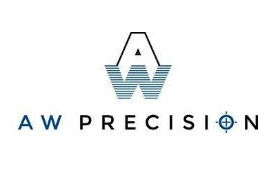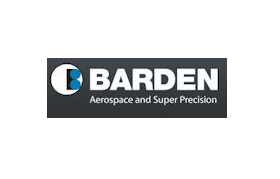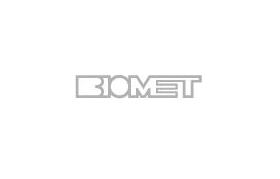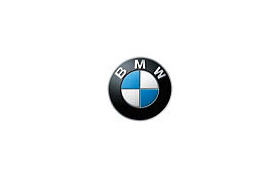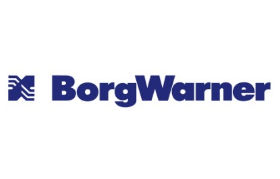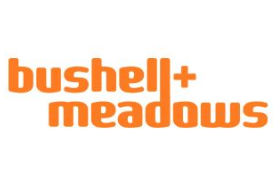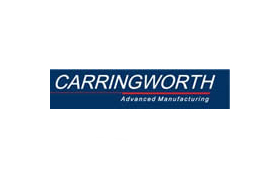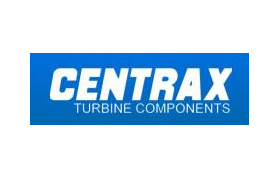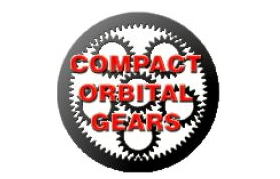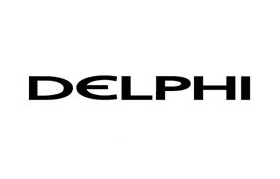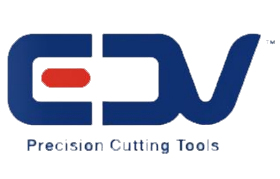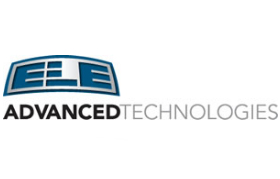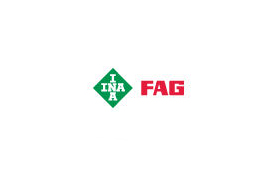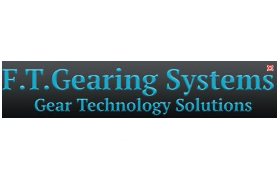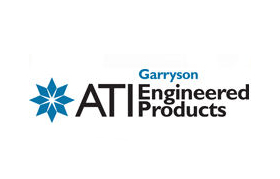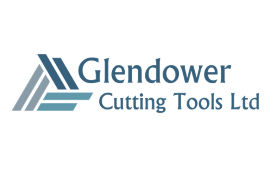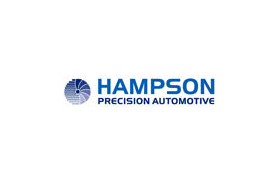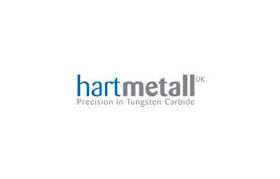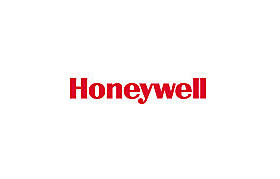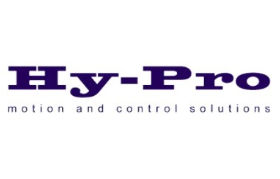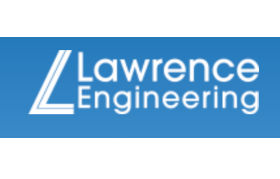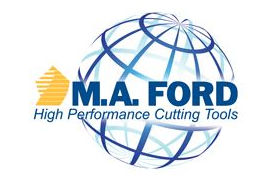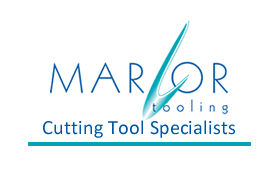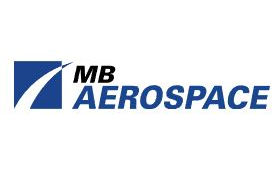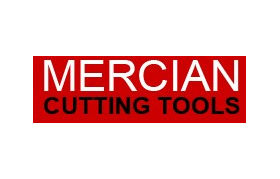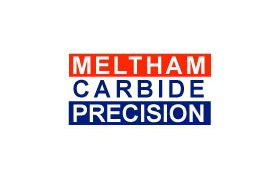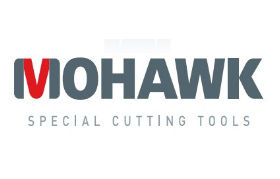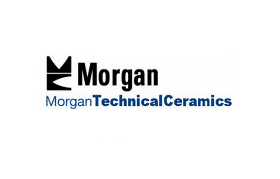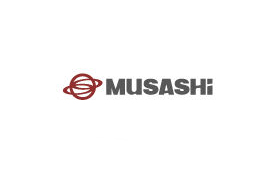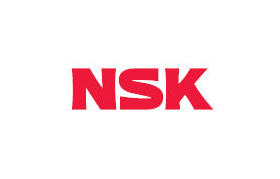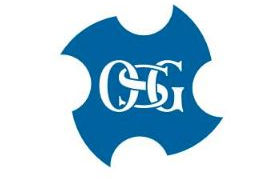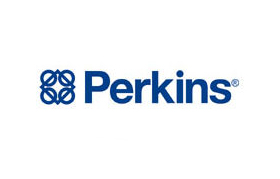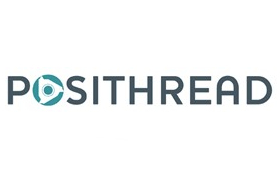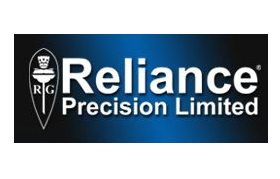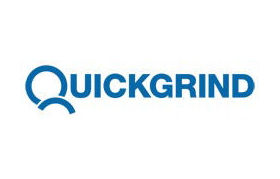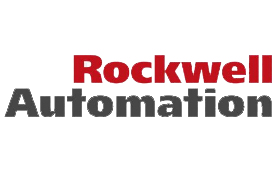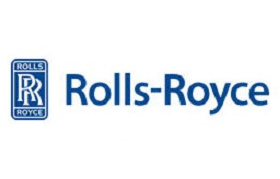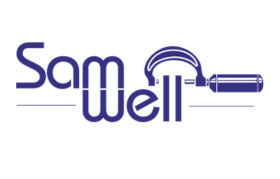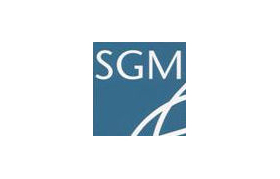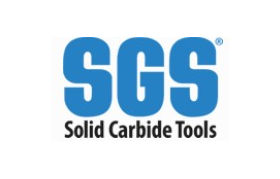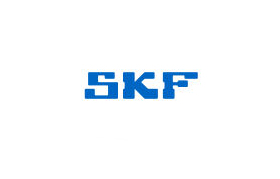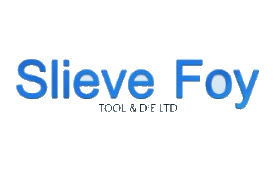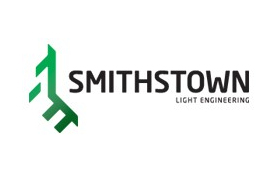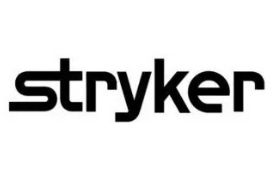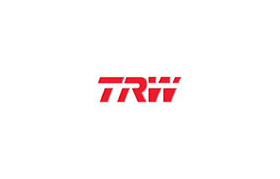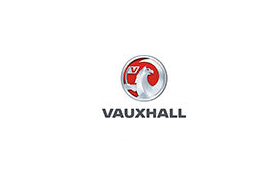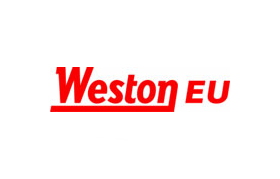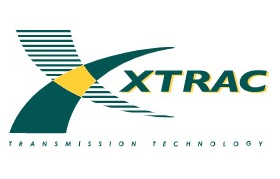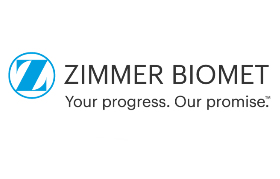Platit Press Release

Coventry based Advanced Grinding Solutions has announced its been awarded the sole UK agency for the Platit range of Coating Machines and equipment.
From their Headquarters near Solothurn in Switzerland, Platit operates on a global basis and has supplied more than 450 coating installations world-wide into no less than 38 different countries in only the last 15 years.
The main application for Platit coating machines is the coating (usually TiN, TiCN, CrTin, etc) of rotary cutting tools (end mills, form tools, and drills) and inserts, saw blades, hobs and broaches. Here Platit leads the way in offering cost effective solutions that means that cutting tool manufacturers can now easily and cost efficiently coat their own tools and cutters instead of relying upon very expensive subcontract solutions.
To support Platits world-wide customer base they have 10 service centres and for their customers Platit works on an “open source” basis with a full disclosure of the coating recipes with customers having full access to allow them to modify the coating structures. This allows Platit customers to further develop their own coatings and they do not have to divulge the recipes to others and can therefore retain their technological advantages in-house. Some 20% of Platit’s end-users go onto developing their very own unique coatings for their range of tools.
As improvements in coatings are realised Platit shares these improvements with its customers and all purchased coatings are updated free of charge keeping Platit end users at the highest possible technical levels.
Platit does not just provide the coating machines themselves but also offers full turn-key solutions to include all associated processes such as stripping, cleaning, edge preparation, handling and quality control. This enables Platit’s end users to quickly and easily master the entire manufacturing process.
Chris Boraston, MD at Advanced Grinding comments:
"We are delighted to be working here in the UK with Platit to bring this technology to the attention of UK manufacturing companies for the first time as Platit, although having UK end-users such as Unimerco, and despite being active in many countries, has never previously been present in the UK market. 90% of Platit’s sales go to small to medium sized OEMs, and mostly to cutting tool manufacturers, rather than to companies providing a sub-contract coating service and this is what attracted us to work with them. We believe that once end-customers realise that this is a very easy, simple and controlled process, and can easily be mastered by them, then they will readily adopt it and save the very high costs of sub-contracting the coating of parts out to others. Platit is by far the leading and major supplier of coating machines directly to end users and has the leading market share in Europe and we look forward to demonstrating the latest coating technology to UK customers."
The major importance of coatings on today’s high performance cuttings tools is demonstrated by the fact that over 50% of a tools performance is due to the coating itself. Some 30% of all patents granted on cutting tools today are for the tools coating (and an enormous 80% of all patents for the coating combined with another feature) as opposed to only 1% of patents covering for the cutting tools geometry. This is because every tool manufacturer has access to the latest multi-axis CNC grinding technology and therefore they are all either using the same software to design and manufacture cutting tools or otherwise can easily copy designs produced by others so today it’s very hard to patent tool geometry. However, it’s very different with the tool coatings as end-users can develop their own coatings and if using Platit machines they can retain the secret recipes for those in-house to ensure that that they are protected and also patentable.
Platit machines utilise PVD (Physical Vapour Deposition) technology via a Cathodic Arc Evaporation Process. A high voltage electric arc (a laser beam) melts a block of pre-specified coating material (say titanium or aluminium) on the cathode and in the vacuum inside of the machine this now molten material becomes a plasma gas cloud. Usually three different base materials are used (this can be up to 5 different materials) that come together to become the chosen recipe to arrive at the specified end coating.
Unlike Platit’s competitors who supply pre-mixed blocks of the specific end coating material, Platit machines use base individual blocks of material that are then altered and mixed by altering the magnetic field in the machine. This allows Platit’s end-users the advantage of having complete freedom to alter the end-composition rather than to be limited to the pre-mixed and fixed single block.
All necessary sub-routines are held in the machines memory and can be instantly recalled. For example, the thickness of a coating (which can be easily changed) and the precise mixture taken from the various base blocks of material that make up that end coating can also be recalled or infinitely changed by the end-user.
Today, Platit has pioneered new multi-layer LARC (Lateral Rotating Cathodes) technology that features cylindrical cathodes that have several advantages over the traditional machine setup, including the ability to deposit smooth coating surfaces and a wide variance of coating structures. This allows cutting tools to be coated with layers of a different material with each layer able to be of a varied thicknesses and of a different coating.
Triple coatings for cutting tools were developed back in 2007 by Platit and comprise of a base layer that gives good adhesion, a middle layer that gives flexibility to prevent damage to the coating during use of the cutting tool and the upper top layer that is very hard that gives the cutting tool its superior wear rates. The very latest 4th generation Quad coatings that Platit first developed in 2012 have an additional top coating for even superior wear rates. These coatings are between 1 and 10um thick with 2um thickness being the average and Platit’s machines can control this thickness by +/- 8% so they are incredibly accurate.
The costs of the standard coatings for cutting tools is incredibly small. It is estimated that, for example, a 10mm dia end mill that is coated using Platit’s LARC process will cost around 0.08 Swiss Francs or only around 7 pence per cutter. It’s not without reason that the tool manufacturer Gunther Wirth (part of the Ceratizit group) said that his investment in his Platit coating machine was "the best innovation of his professional life".
Cycle times are also very fast with a medium sized Platit machine typically being able to coat around 600 inserts per hour or around 120 off 10mm diameter end mills per hour.
Platits end users are numerous and many have developed their own unique and very special coatings for their range of cutting tools with examples being "Nanosphere" by Fette for Hobs, “Fin Al” by Feintool for Punches, "Unicut" by Fraisa for End Mills and Taps, "C7" by Unimerco for Stepped Drills, YG1’s "Naco Blu" for its Dream Drills and LMT Kieninger’s "Nanomold Gold" for inserts.
None of the above special coatings could have come about were it not for the flexibility of the Platit machines with their patented rotating cathodes combined of course with Platit’s customers experience and willingness to exploit Platit’s technology to the full.
How important have coatings become for cutting tools? Well over 90% of all cutting tool inserts and over 70% of all rotary carbide cutting tools sold in Europe for industrial purposes are now coated. Of all the tools used by Mercedes Benz world-wide some 95% of those are coated. If we take, for example, the use of carbide drills for steel; the already older style of 2nd generation coated tools lasts well over 10 times longer than uncoated drills.
The coating of cutting tools is not only very popular in Europe. In China, which has ready access to widely available, and by western standards very cheap, raw carbide material for cutting tool manufacture, Chinese industry is developing new coatings for milling cutters and in the far east YG1 has invested in 7 Platit machines for coating its vast range of cutting tools.
The more obvious benefits of coating carbide cutting tools is that the coated surface, being much harder, means must less wear and also that the much lower co-efficient of friction allows much faster chip evacuation rates when high speed milling (for example). However, there are other less obvious benefits such as less chemical reaction when machining. Cobalt leaching at high temperatures is a major problem when using carbide cutters as the loss of cobalt means that the carbide itself starts to breakdown and this leads to early wear. This affect is negated when using the latest coating technology.
So today we no longer need to consider if cutting tools need to be coated or not – it’s much more about asking what the best coating is and how can we develop new and better coatings.
Cutting tool manufacturers that are driven by the end users to come up with tools that last longer and cut faster need to differentiate their products from their competitors and coating offers them the best and easiest means to do this.
Platit has calculated that as soon as a company’s annual spend on coatings exceeds €150k/year then it makes the purchase of a machine viable and for the small to medium sized tool manufacturer the Platit Pi111 entry level machine is ideal and can give a return on investment in around 2 years. However, cost savings is only one driver for a cutting tool manufacturer to invest in a Platit coating machine. Another important reason is to reduce the response time from order to a finished product because no external sub-contractor for coating tools can respond as fast as having an in-house facility and today customers expect finished tooling to be delivered as soon as possible.
Platit do much more than just manufacture coating machines; they are constantly developing new coatings for their customers’ needs and offer a full consultancy service for their end users to ensure that they are using the optimum coating for their application. The coating machines themselves are very user friendly and are extremely versatile. Coating is no longer a black art!.
For more information on the Platit range of coating machines; Advanced Grinding solutions can be contacted via their website;: Advanced Grinding Solutions

Posted by: Chris Boraston
Managing Director at Advanced Grinding Solutions Ltd
References
Our range of machines is supplied to numerous companies all around the world and the leaders in industry use these to great affect.
We have many thousands of worldwide references but customers that we have supplied equipment to here in the UK include, amongst others:
